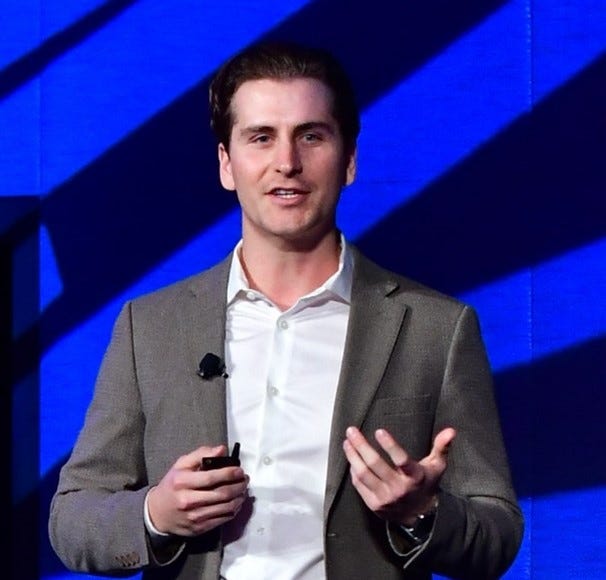Just a few blocks from my apartment in New York City, a large digital clock looms over Union Square. It's known as the climate clock. It counts down the critical seconds remaining in humanity's window to act and save the planet from climate disaster. It's a reminder of our failure to steward the climate in the past, and how short our runway has become to address this shared problem. As I walk past the clock, I can't help but think about the role of technology in our fight against climate change. Specifically, the role of artificial intelligence.

Many AI advocates, despite enthusiasm for the technology, share a common concern -- the power consumption of AI is staggering. This thirst for energy, they argue, could worsen an environmental disaster.
Unfortunately, we have yet to create a computer with power efficiency to rival that of the human brain. For instance, training an average generative large language model (LLM) involves roughly 10,000 to 30,000 state-of-the-art Graphics Processing Units (GPUs) running at full speed. The cooling of these GPUs necessitates enormous amounts of fresh water - 185,000 gallons for a single model, equivalent to ten backyard pools. By 2027, AI could be guzzling between 85 and 134 terawatt hours per annum, rivalling the energy consumption of the entire Netherlands. So yes, the underbelly is very much built by supercomputers with massive thirst for energy and water.
But here's the twist: that’s just for training the model – the arduous step that comes before all of us muggles get in there and have a casual natural-language chat with the GPT (generative pre-trained transformer).
In inference (the post-training part of GenAI which we all use daily) the energy consumption isn't as terrifying as you might think. When compared to our other digital indulgences, one study showed that the energy used for generating 1,000 responses for AI samples is equivalent to 3.5 minutes of streaming. Considering the hours we spend binging shows, our media habit could consume more power than using AI.
As GPUs continue to evolve, they will likely gain power while reducing energy consumption, a trend consistent with Moore's law. One day, our most capable AI models may even fit into a power-efficient laptop. Further out, advances in entirely new paradigms like neuromorphic computing could enable AI models to run on more energy-efficient architecture.
Meanwhile, the potential benefits of AI are enormous. Current best-in-class AI models have 1 trillion parameters, but if growth trajectories continue we may see this number hit 100 trillion within five years. The number of arXiv.org research articles related to AI has a truly exponential curve, potentially signaling a rapid uptick in scientific development.
In the near future we will all likely be beneficiaries of models that are skilled at multimodal tasks, capable of understanding multiple languages, and generating full-length movies from a single sentence. The productivity and creativity leap may be monumental, not dissimilar from the industrial revolution.
A 100 trillion parameter AI may be akin to having a 100-person team at your disposal. Imagine you had a superstar team behind every idea or dream you want to chase? What could you achieve with a skilled team of such size?
In the micro, perhaps you could build the first “one-person unicorn ($1 billion) company” as Sam Altman recently mentioned. Or perhaps you could optimize your own workflow to make more time for family and friends? In the macro, global productivity could surge, competitive barriers may crumble, and the efficiency of this 100-fold workforce may redefine economies.

It's a paradox. The very tool that could help us solve the climate crisis could also contribute to it. But this powerful tool could tackle myriad problems related to climate disaster - optimizing shipping routes to reduce emissions, tracking pollution across oceans, or even predicting deforestation trends from space. Already AlphaFold unlocked the hidden secrets of protein folding using AI – a breakthrough which may bring cures for diseases responsible for millions of deaths globally each year.
The climate clock I mentioned earlier currently stands at 5 years, 115 days and counting down. We can't wait for AI to reach its full potential before addressing the climate crisis. Instead, we should start harnessing AI now to tackle our most pressing challenges. AI is not our enemy, but a tool in our arsenal, its power governed by the character of those who wield it
Lucas Erb | NExT Futurist







